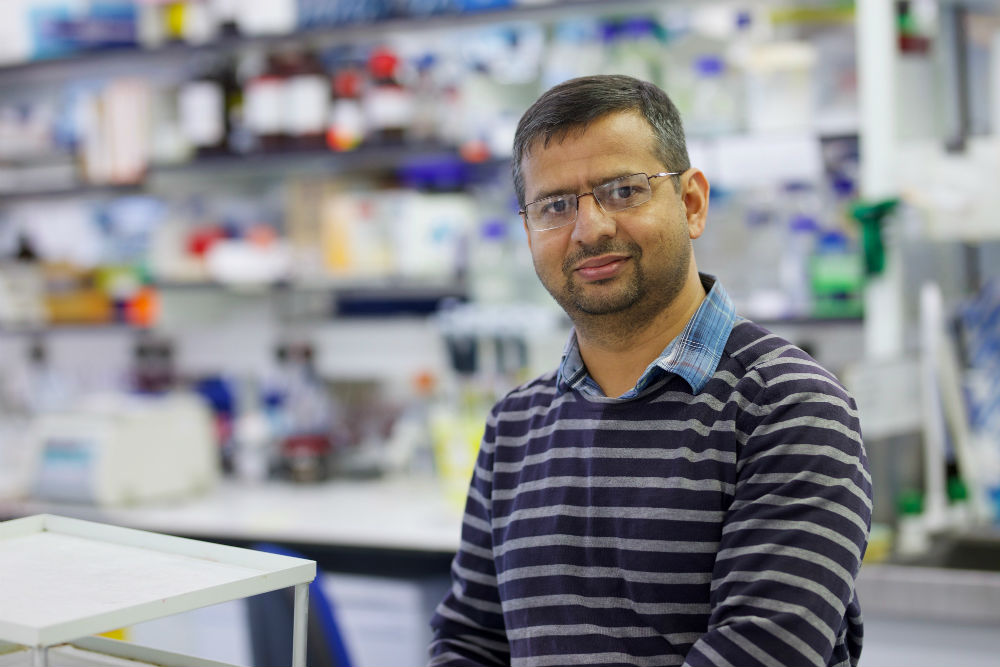SCIENTISTS at a Scottish university have discovered a new cell cycle and molecule that may help shed light on the mystery behind the development of cancer.
The pioneering research was carried out by PHD Student Luke Filcher under the supervision of Dr Gopal Sapkota at his lab at the University of Dundee.
The discovery could one day lead to a new treatment or even a cure for cancer.
Researchers identified a new player in the cell division process which they called CK1 Alpha, an enzyme which acts to ensure proper, accurate splitting of the cells.
However, this enzyme also has a molecule responsible for its coordinating the role it plays in the division of cells called FAM83D.

It was carried out in conjunction with the University of British Columbia, Canada. The findings are published in the latest edition of the journal EMBO Reports.
Human are made of approximately 37 trillion cells, all of which need to be constantly replaced with exact copies when they become old or damaged through an orderly process called cell division, or mitosis.
Depending on the location of the cells in specific tissues and organs, the cell division axis determines the correct positioning of the new cells in tissues.
When this process goes wrong it can contribute to, and in some cases cause, diseases such as cancer.
This is an important step in untangling the complex regulation that takes place to ensure our cells divide properly and accurately.
Through identifying new molecules responsible for this, scientists are able to appreciate both how they act in a normal healthy cell, and importantly how their dysregulation might contribute to cell division-associated diseases.
Dr Sapkota said: “The incredible journey from a single cell to a functional human is, as you can imagine, immensely complicated and full of many unanswered questions.
“Whilst the basic components required for healthy cell division are well established, there are many aspects of this vital process that remain unknown.
“If we can understand fully how cell division works, if we can gain some insight into which cell division components are the key players, we can begin to appreciate how this process works in a healthy individual, and perhaps identify vulnerabilities in diseases such as cancer.”
FAM83D directs CK1 Alpha to the mitotic spindle – a cellular skeletal structure that acts to pull apart the chromosomes (the home of the DNA) during cell division.
Cells that don’t possess any spindle-associated CK1 Alpha fail to orientate their cell division axis effectively, and take longer to undergo a division.
Cancer, in its simplest terms, is uncontrolled cell division. In a healthy cell, the decision when to divide is a very tightly governed process.
However, if a cell becomes cancerous, it can evade these rules and continuously divide and grow.
Such acts of anarchy result in the formation of large clumps of cells, with large energy demands – tumours.

